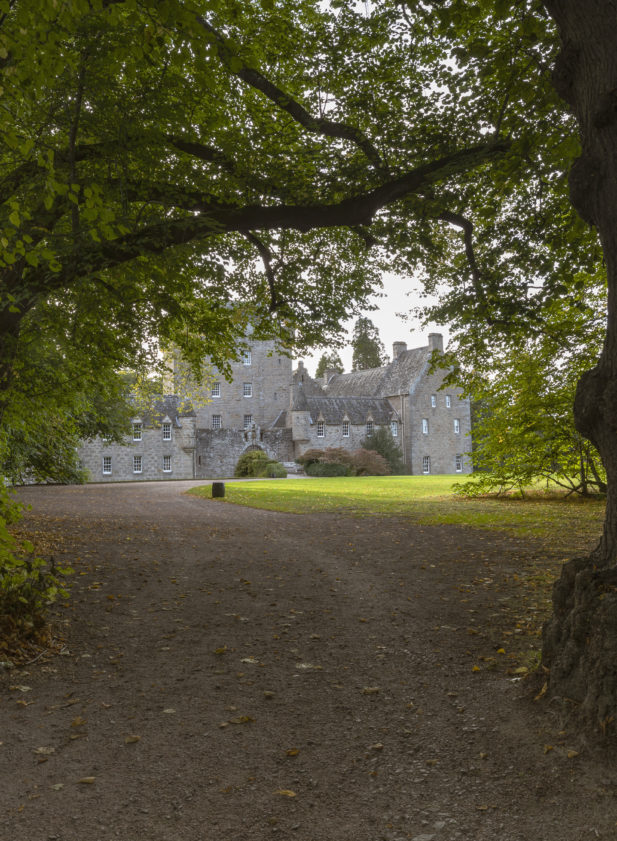

This fortification founded by William the Lion in 1179 was sited to command the ford over the river Nairn near the sea. That castle has since vanished without trace.
The family had another residence at Old Calder which, according to the Exchequer accounts, was last repaired in 1398. Again, not much remains of that building apart from faint crop-marks. A new, more efficient site was chosen. The imposing, rectangular tower-house consisted of four storeys and a garret with only one entrance to the outside world. Repaired and enlarged every century since, the Castle as you see it today is a family home like no other.
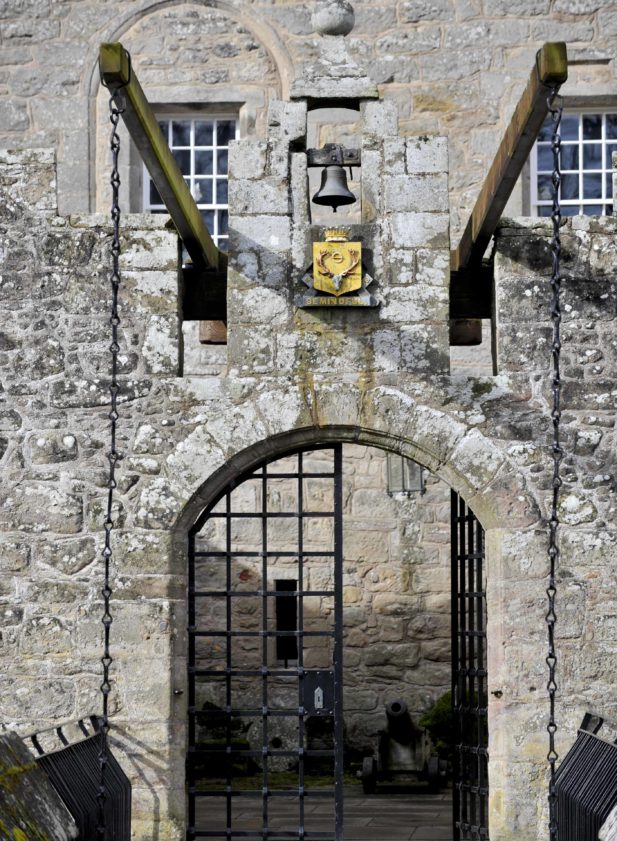
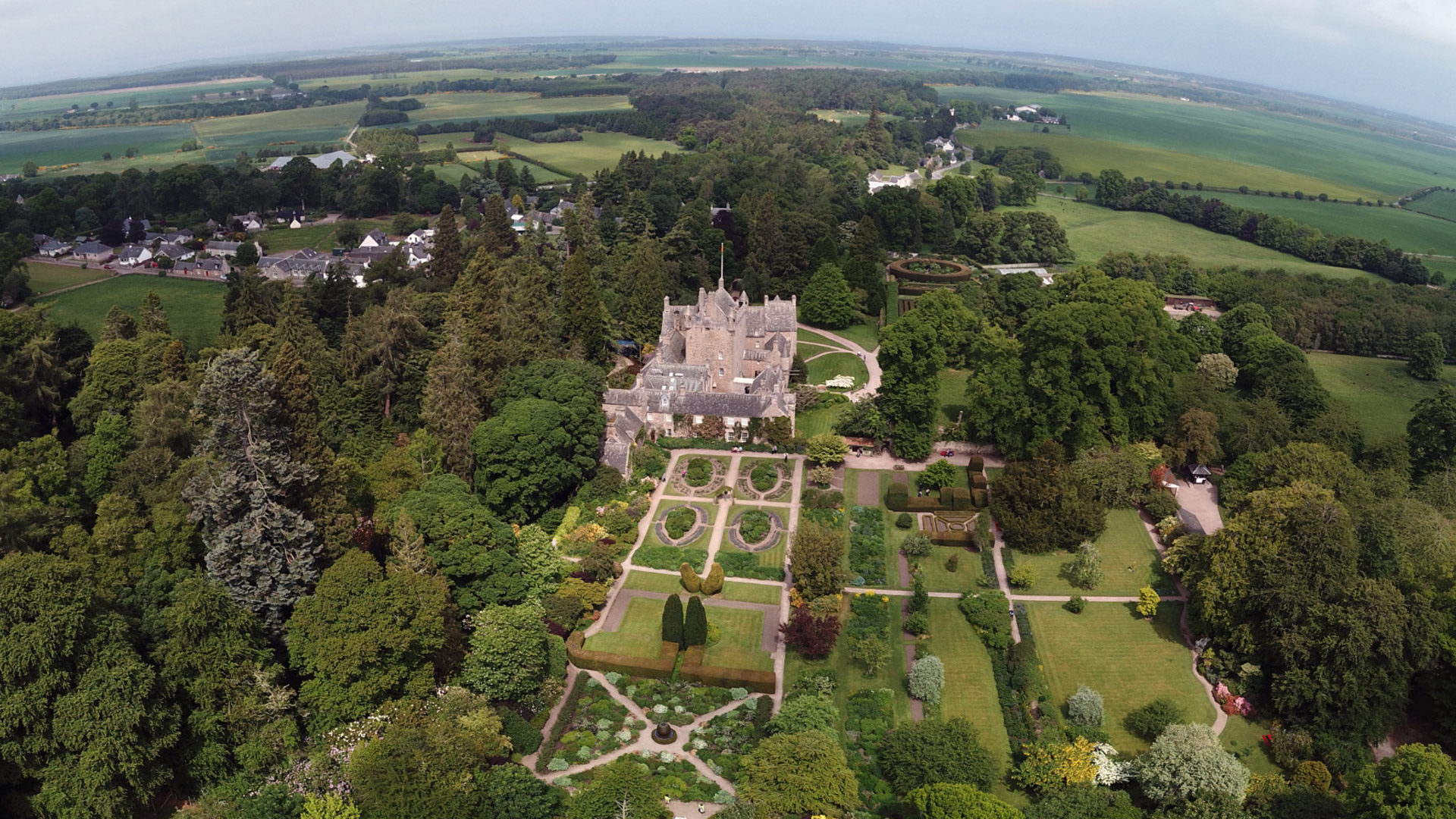
The legendary tale goes that the Thane of Cawdor, decided to build a new, stronger tower. Following the instructions received in a dream, he loaded a coffer of gold on to the back of a donkey and let it roam about the district for a day: wherever the animal lay down to rest in the evening, there his castle should be sited and it would prosper for evermore. The donkey lay down under a tree, which is now petrified at the base of the old tower at Cawdor.
Whatever truth there may be in the story, modern scientific dating of the wood of the tree at the base of Cawdor Castle by radiocarbon measurement gives the approximate date of AD 1372. For centuries, the tree has been regarded as a hawthorn [Cratagus monogyna], but in this respect the legend has gone adrift, because microscopic analysis of the wood identifies the tree as a holly [Ilex aquifolium].
Perhaps the site of the ‘thorn tree’ was chosen for religious or superstitious reasons in symbolic connection with Christ’s crown. In mythology the holly was one of the seven sacred trees of the Celtic Grove.
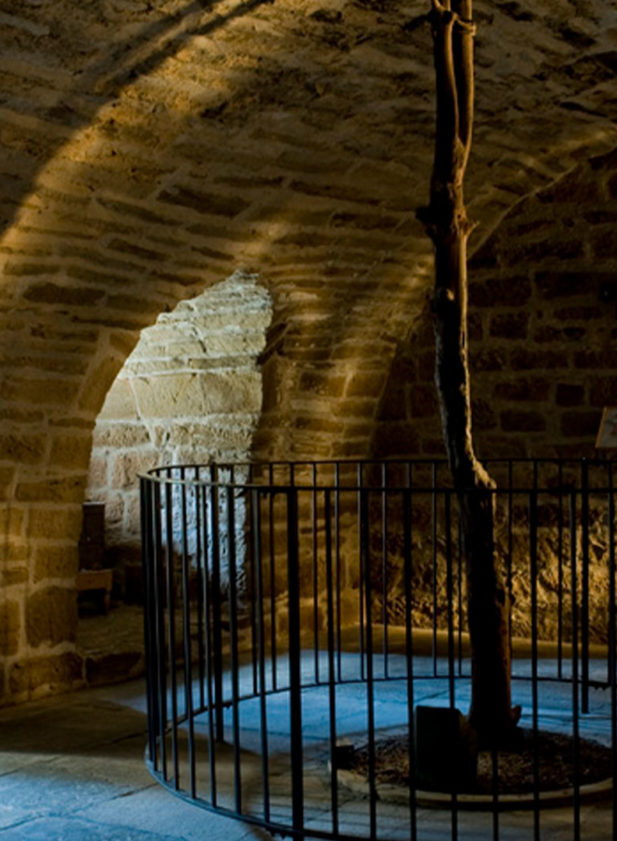
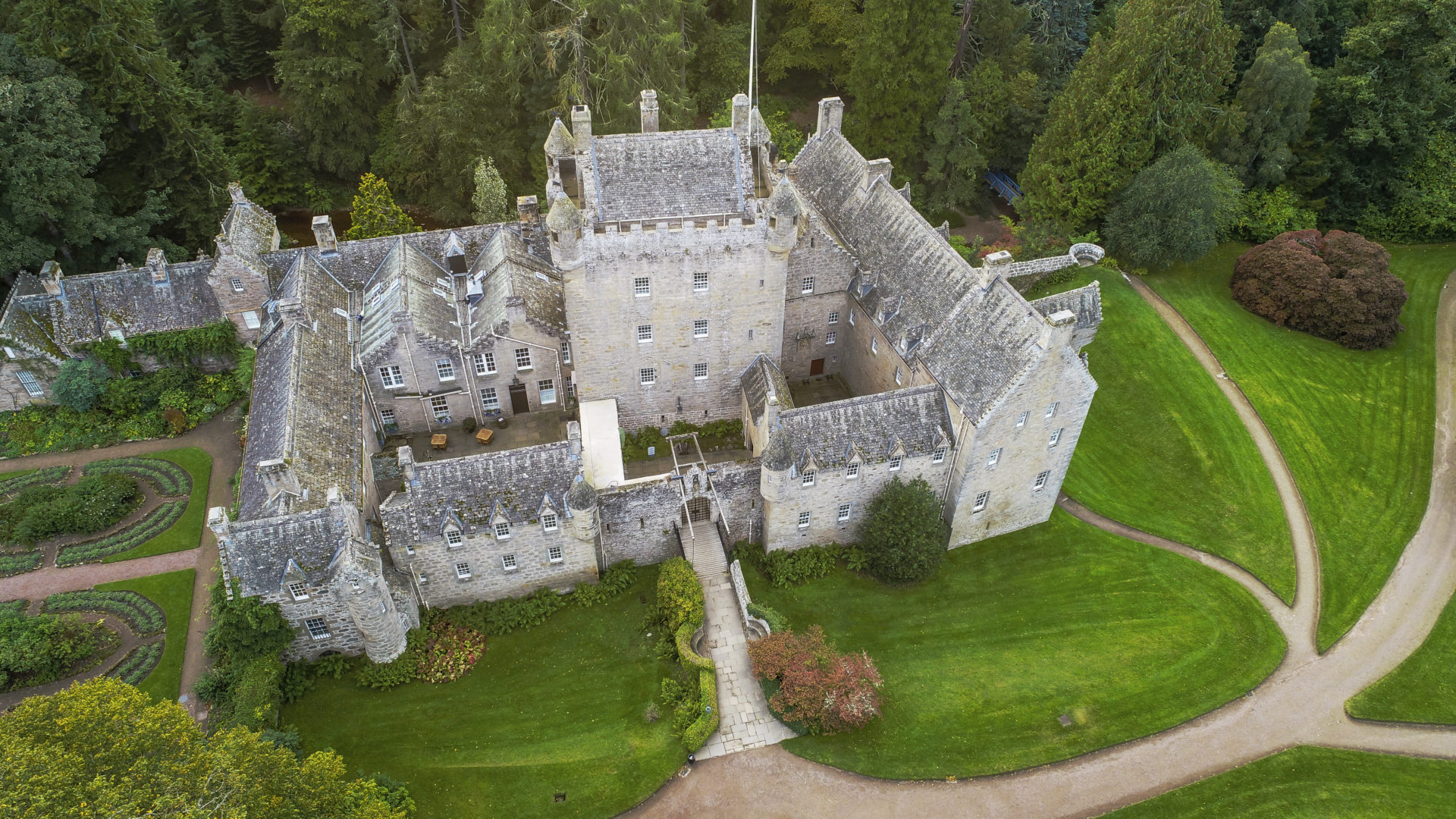
During 600 years of tumultuous Scottish history, fueds with neighbours, kindappings and murder: Cawdor as a fortress, has survived.
The Battles of Auldearn and The Battle of Culloden both happened within 8 miles of Cawdor and The Battle of Cromdale not much further.
Lord Montrose had the Thanes barnyards burnt ‘to ashes’ in 1646 as a reminder after the Battle of Auldearn and on the other hand during Cromwell’s campaign to subdue the Highlands, a warrant was signed by General Monck actually exempting Cawdor from use as quarters for officers and soldiers.
The Glorious Revolution, the massacre of Glencoe; the uneasy Union with England in 1707 and multiple Jacobite revolts, throughout these dark days the castle remained relatively unscathed, by sheer good luck – helped by the holly, as some supposed.
